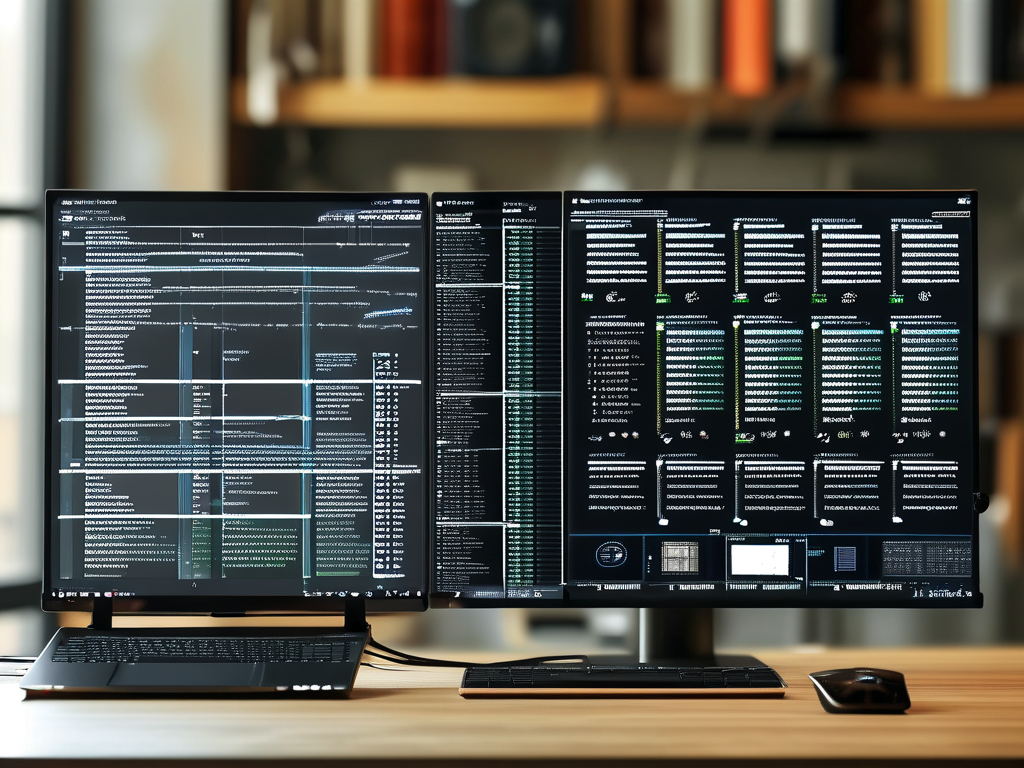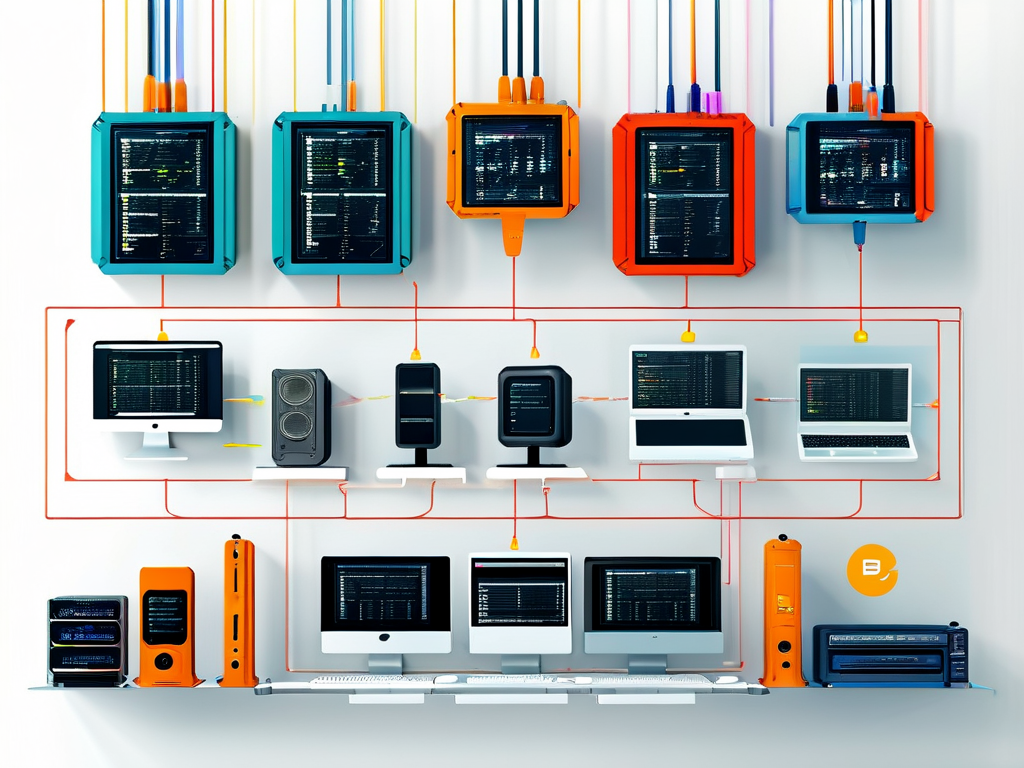Embedded product development is a specialized field that combines hardware engineering, software programming, and system integration to create devices tailored for specific functions. Unlike general-purpose computing systems, embedded products are designed to operate within constrained environments, often with limited resources such as processing power, memory, or energy. This article explores the critical phases of embedded development and shares actionable insights to streamline the process.
Understanding Requirements and Constraints
The foundation of any successful embedded project lies in clearly defining requirements. Developers must collaborate with stakeholders to identify the device’s purpose, performance expectations, and environmental conditions. For instance, a medical wearable might prioritize low power consumption and reliability, while an industrial sensor could focus on real-time data processing. Constraints like cost, size, and regulatory compliance further shape the design. A common pitfall is overlooking edge cases—scenarios where the device operates outside normal parameters. Conducting thorough risk assessments during this phase helps mitigate unforeseen challenges later.
Hardware Design and Component Selection
Once requirements are finalized, the next step involves designing the hardware architecture. This includes selecting microcontrollers (MCUs), sensors, power modules, and communication interfaces. Engineers often face trade-offs between performance and efficiency. For example, a high-speed ARM Cortex-M7 processor may excel in computation but drain battery life faster than a low-power MSP430 variant. Schematic design tools like Altium Designer or KiCad are used to create circuit diagrams, followed by PCB layout optimization to minimize signal interference. Prototyping with development boards such as Arduino or STM32 Nucleo allows rapid validation before committing to custom hardware.
Software Development and Firmware Optimization
Embedded software development demands a deep understanding of both programming and hardware interactions. Developers typically work with languages like C or C++ to write firmware that directly interfaces with hardware components. Real-time operating systems (RTOS) such as FreeRTOS or Zephyr may be employed for task scheduling in complex applications. Below is a simplified code snippet demonstrating GPIO configuration for an LED blink program:
#include "stm32f4xx.h"
int main(void) {
RCC->AHB1ENR |= RCC_AHB1ENR_GPIODEN; // Enable GPIOD clock
GPIOD->MODER |= GPIO_MODER_MODER12_0; // Set PD12 as output
while(1) {
GPIOD->ODR ^= GPIO_ODR_OD12; // Toggle LED
for(int i=0; i<1000000; i++); // Simple delay
}
}
Optimizing firmware for resource-constrained systems involves techniques like loop unrolling, memory pooling, and interrupt-driven design. Static code analysis tools help identify inefficiencies, while version control systems like Git ensure collaborative workflows.

Testing and Validation
Embedded systems require rigorous testing to ensure reliability under diverse conditions. Unit tests verify individual components, while integration tests evaluate the system as a whole. Environmental stress testing—such as temperature cycling, vibration analysis, and EMI checks—validates hardware durability. For software, tools like JTAG debuggers and logic analyzers trace execution flow and pinpoint bottlenecks. Field testing in real-world scenarios is equally critical. A smart thermostat, for example, must be tested in varying humidity and temperature ranges to guarantee consistent performance.
Production and Lifecycle Management
Transitioning from prototype to mass production involves collaboration with manufacturers to address scalability and quality control. Design for Manufacturing (DFM) principles ensure that PCB layouts and enclosures are cost-effective to produce. Over-the-air (OTA) update capabilities are increasingly integrated to support post-deployment firmware upgrades. Additionally, lifecycle management includes monitoring field performance, addressing security vulnerabilities, and planning for end-of-life recycling.
Embedded product development is a multidisciplinary endeavor that balances technical precision with practical constraints. By adopting iterative methodologies, leveraging modern tools, and prioritizing thorough testing, teams can deliver robust solutions tailored to their target applications. As IoT and edge computing continue to evolve, embedded systems will remain at the forefront of technological innovation, driving advancements in industries from healthcare to automotive engineering.










